Roman Teisseyre and Eugeniusz Majewski (Eds.)9780126851854, 0126851859
Table of contents :
Content:
Contributors
Pages xv-xvi
Preface
Page xvii
Roman Teisseyre
Introduction
Pages xix-xxii
Roman Teisseyre, Eugeniusz Majewski
Chapter 1 The composition of the earth Original Research Article
Pages 3-23
William F. McDonough
Chapter 2 Thermodynamics of chaos and fractals applied: Evolution of the earth and phase transformations Original Research Article
Pages 25-80
Eugeniusz Majewski
Chapter 3 Nonequilibrium thermodynamics of nonhydrostatically stressed solids Original Research Article
Pages 81-102
Ichiko Shimizu
Chapter 4 Experiments on soret diffusion applied to core dynamics Original Research Article
Pages 103-140
Eugeniusz Majewski
Chapter 5 Deformation dynamics: Continuum with self-deformation nuclei Original Research Article
Pages 143-165
Roman Teisseyre
Chapter 6 Evolution, propagation, and diffusion of dislocation fields Original Research Article
Pages 167-197
Roman Teisseyre
Chapter 7 Statistical theory of dislocations Original Research Article
Pages 199-227
Henryk Zorski, Barbara Gambin, Wieslaw Larecki
Chapter 8 Thermodynamics of point defects Original Research Article
Pages 231-259
P. Varotsos, M. Lazaridou
Chapter 9 Thermodynamics of line defects and earthquake thermodynamics Original Research Article
Pages 261-278
Roman Teisseyre, Eugeniusz Majewski
Chapter 10 Shear band thermodynamic model of fracturing Original Research Article
Pages 279-292
Roman Teisseyre
Chapter 11 Energy budget of earthquakes and seismic efficiency Original Research Article
Pages 293-305
Hiroo Kanamori
Chapter 12 Coarse-grained models and simulations for nucleation, growth, and arrest of earthquakes Original Research Article
Pages 307-322
John B. Rundle, W. Klein
Chapter 13 Thermodynamics of fault slip Original Research Article
Pages 323-327
Eugeniusz Majewski
Chapter 14 Mechanochemistry: A hypothesis for shallow earthquakes Original Research Article
Pages 329-366
Didier Sornette
Chapter 15 The anticrack mechanism of high-pressure faulting: Summary of experimental observations and geophysical implications Original Research Article
Pages 367-378
Harry W. Green II
Chapter 16 Anticrack-associated faulting and superplastic flow in deep subduction zones Original Research Article
Pages 379-397
Eugeniusz Majewski, Roman Teisseyre
Chapter 17 Chaos and stability in the earthquake source Original Research Article
Pages 399-423
Eugeniusz Majewski
Chapter 18 micromorphic continuum and fractal properties of faults and earthquakes Original Research Article
Pages 425-440
Hiroyuki Nagahama, Roman Teisseyre
Chapter 19 Physical and chemical properties related to defect structure of oxides and silicates doped with water and carbon dioxide Original Research Article
Pages 441-459
Stanisŀaw Malinowski
Chapter 20 Electric polarization related to defects and transmission of the related signals Original Research Article
Pages 463-499
N. Sarlis
Chapter 21 Laboratory investigation of the electric signals preceding the fracture of crystalline insulators Original Research Article
Pages 501-517
C. Mavromatou, V. Hadjicontis
Chapter 22 Diffusion and desorption of O− radicals: Anomalies of electric field, electric conductivity, and magnetic susceptibility as related to earthquake processes Original Research Article
Pages 519-533
Roman Teisseyre
Chapter 23 Electric and electromagnetic fields related to earthquake formation Original Research Article
Pages 535-552
Roman Teisseyre, Hiroyuki Nagahama
Chapter 24 Tectono- and chemicomagnetic effects in tectonically active regions Original Research Article
Pages 553-564
Norihiro Nakamura, Hiroyuki Nagahama
Chapter 25 Thermodynamics of multicomponent continua Original Research Article
Pages 567-655
Krzysztof Wilmanski
Index
Pages 657-670
International geophysics series
Pages 671-674
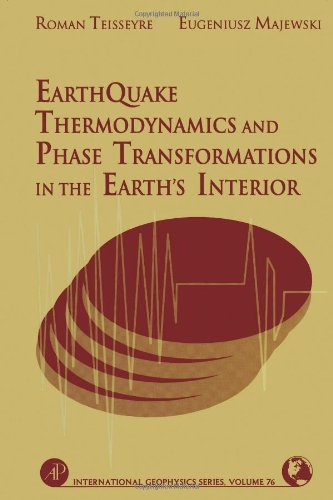
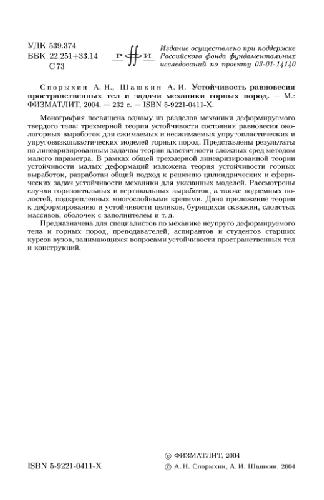
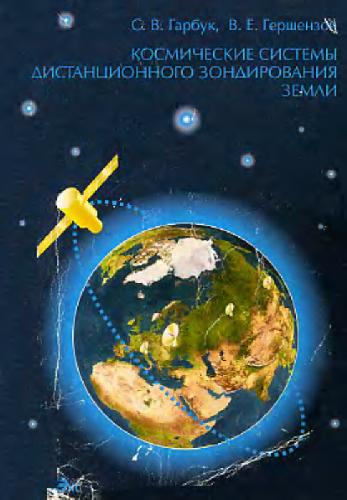

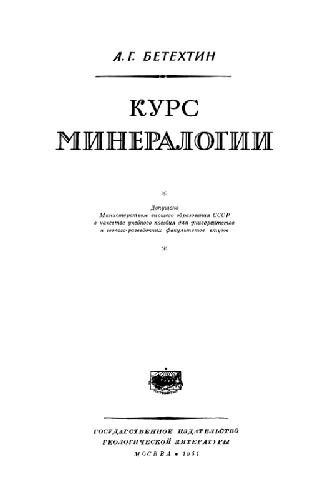
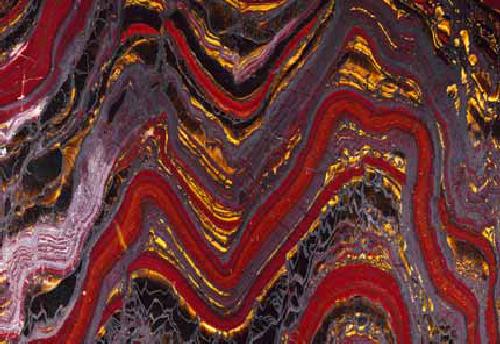
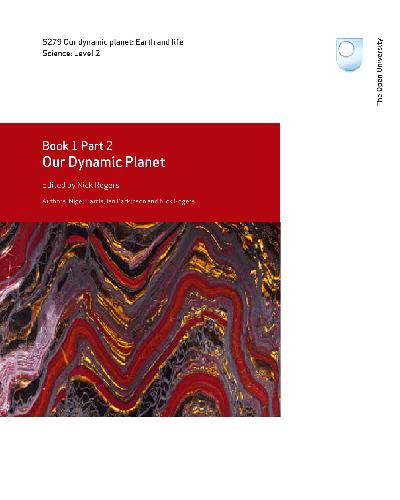
Reviews
There are no reviews yet.